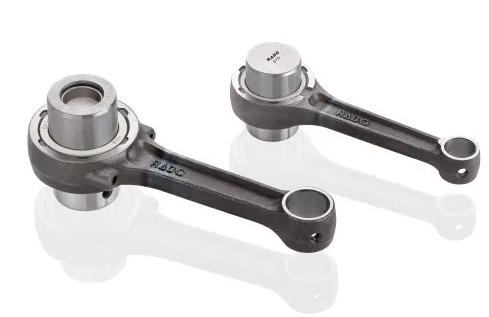Assessing the side clearance of a connecting rod is a vital part of engine maintenance and repair. This guide will detail the process and importance of checking the connecting rod side clearance in ensuring optimal engine performance.
Understanding the Importance of Checking Connecting Rod Side Clearance
Connecting rod side clearance plays a crucial role in the overall operation of an engine. It’s the gap between the rod and the crankshaft’s cheek. This clearance allows for oil flow and heat dissipation, which are both critical for the rod’s longevity and the engine’s performance. Too tight clearance can lead to metal-to-metal contact, overheating, and eventually, engine failure. Conversely, too much clearance can cause the rod to ‘slap’ against the crankshaft, leading to vibration, noise, and potential damage.
Tools Required for Checking Connecting Rod Side Clearance
The main tool required for checking connecting rod side clearance is a feeler gauge. This tool comes in a set of metal blades of varying thicknesses, each labeled with its size for accurate measurements.

Procedure to Check Connecting Rod Side Clearance
- Prepare the Engine: Remove the oil pan to expose the connecting rods and crankshaft.
- Identify the Clearance: The side clearance is the gap between the connecting rod and the crankshaft’s cheek, right where the rod joins the crankshaft.
- Measure the Clearance: Select the appropriate size of the feeler gauge. Insert it into the gap and gently slide it back and forth. It should move with slight resistance.
- Compare the Measurement: Compare the reading with the manufacturer’s specifications found in the engine’s repair manual.
Actions to Take Based on the Measurements
If the side clearance is found to be too narrow or too wide compared to the manufacturer’s specifications, professional servicing is required. In cases of minor discrepancies, adjustments can be made, but if the clearance is severely out, a replacement of the connecting rod may be necessary.
Understanding how to check connecting rod side clearance and its importance is vital to maintain an engine’s performance and lifespan. Regular checks and adhering to the specifications can prevent severe engine damage and costly repairs. It’s an aspect of engine maintenance that should not be overlooked.